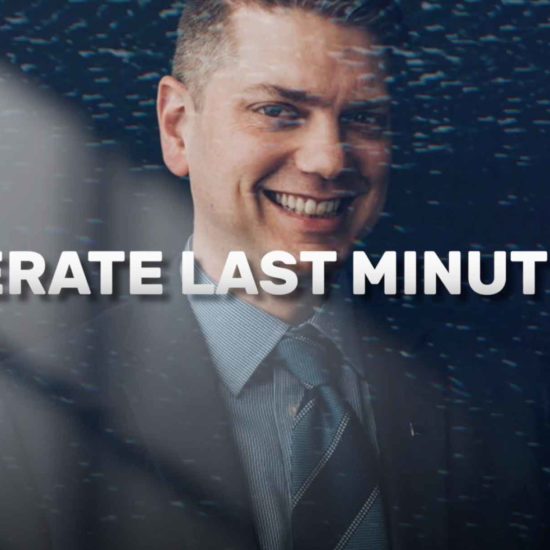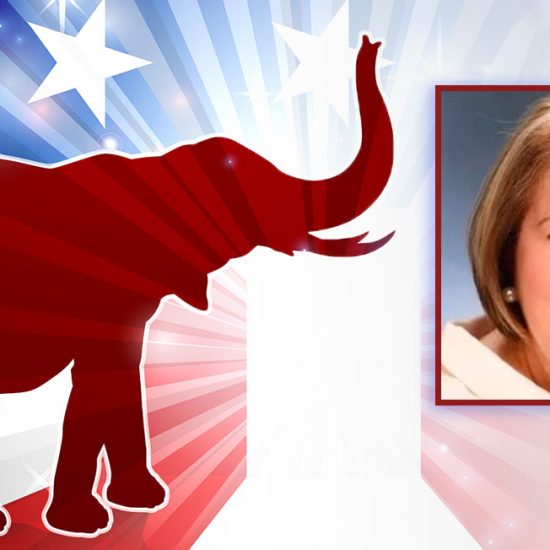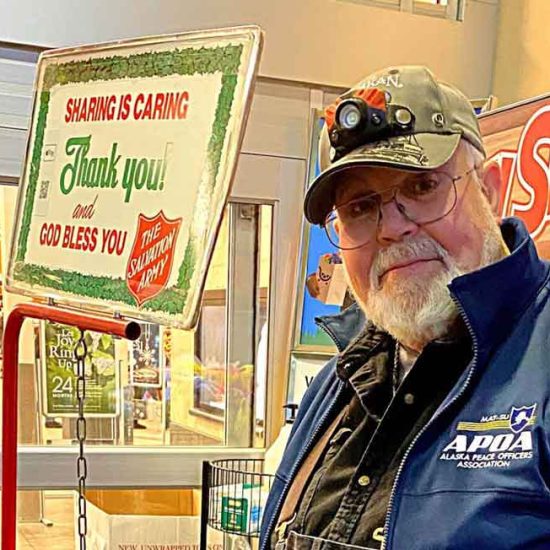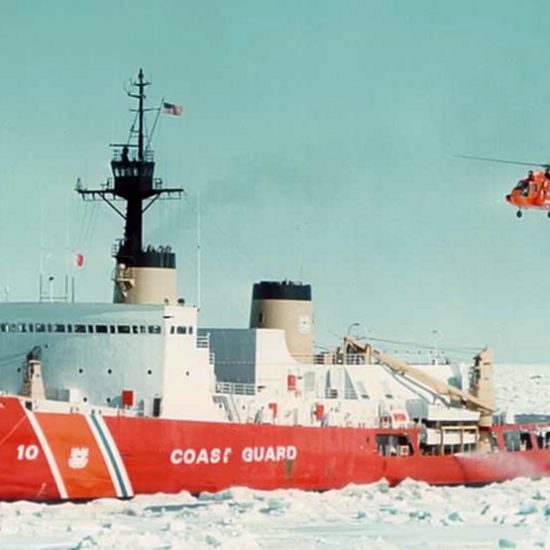When you get into the line item veto business, it is a good idea to at least consider the implications of those vetoes. Take Governor Dunleavy’s 50% veto of travel funding for state employee travel for instance. On the face of it, keeping state employees local or doing their business via remote techniques is a good idea if you are in the cost control time of life.
Problem is that not everything can be done remotely. Placing instrumentation around Alaska’s volcanoes is one such example. Monitoring the fisheries is another. Tough to get an accurate count at the weirs unless you have someone on site. Doing it remotely would require dropping a sensor package onsite, keeping it powered and in communication throughout the season, and then recovering it before freeze up, tough to do with an across the board budget cut. There are many other examples, but you get the idea. Some jobs simply require travel, especially in the resource development, construction, fish and game management worlds.
In the world of Fish and Game, there are a couple relevant statutes called Pittman – Robertson, 1937, game management, and Dingell Johnson, 1950, fish management that set up what is called the North American Model for fish and game management. These laws basically collect user fees, excise taxes for hunting and fishing and allocate those fees back to the states as user fees based on area managed and number of people managed. As the largest state with a significant number of people who hunt and fish, Alaska gets a significant amount of federal money via 3:1 match of these fees. In order to get this 3:1 match, the State of Alaska must spend a minimum amount of money on fish and game management or the federal money goes elsewhere.
Last year, state spending required to qualify for federal matching was $54 million, $44 million of it were commfish user fees. With the 50% travel budget cut, ADF&G will not have enough in their budget to qualify for the federal match.
So, this particular budget cut, regardless of how well intentioned, will remove three times the federal money from fish and game management. To many budget warriors (and I am proudly one), this is not necessarily a Bad Thing.
But wait, it gets worse. Where does the federal monies not spent in the individual states go if the state does not have qualifying levels of spending? The dollars revert to wetlands mitigation, directly into the pockets of the Sierra Club and the Audubon Society, hardly friends of Alaska over the years.
So, the bottom line here is either the Governor funds ADF&G travel to levels that will qualify for fish and game conservation matching funds, or those monies will go straight into the coffers of groups who have been trying to turn this state into a National Park for decades.
Talk about penny wise and pound foolish. Hopefully he will not make a second attempt to veto ADF&G travel funds.
Alex Gimarc lives in Anchorage since retiring from the military in 1997. His interests include science and technology, environment, energy, economics, military affairs, fishing and disabilities policies. His weekly column “Interesting Items” is a summary of news stories with substantive Alaska-themed topics. He was a small business owner and Information Technology professional.












